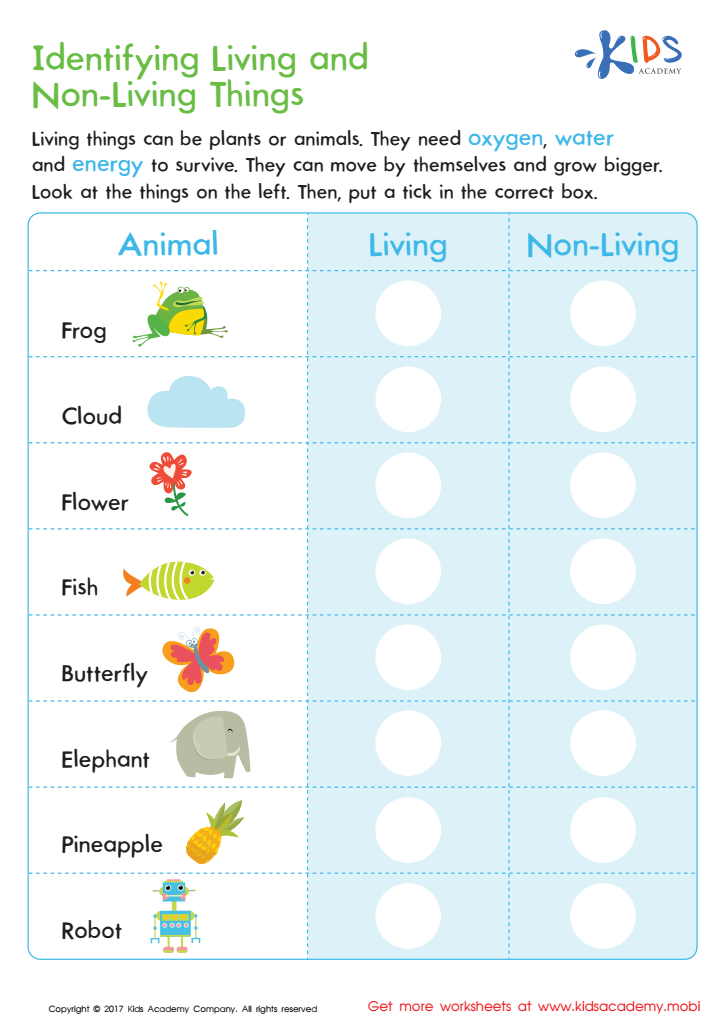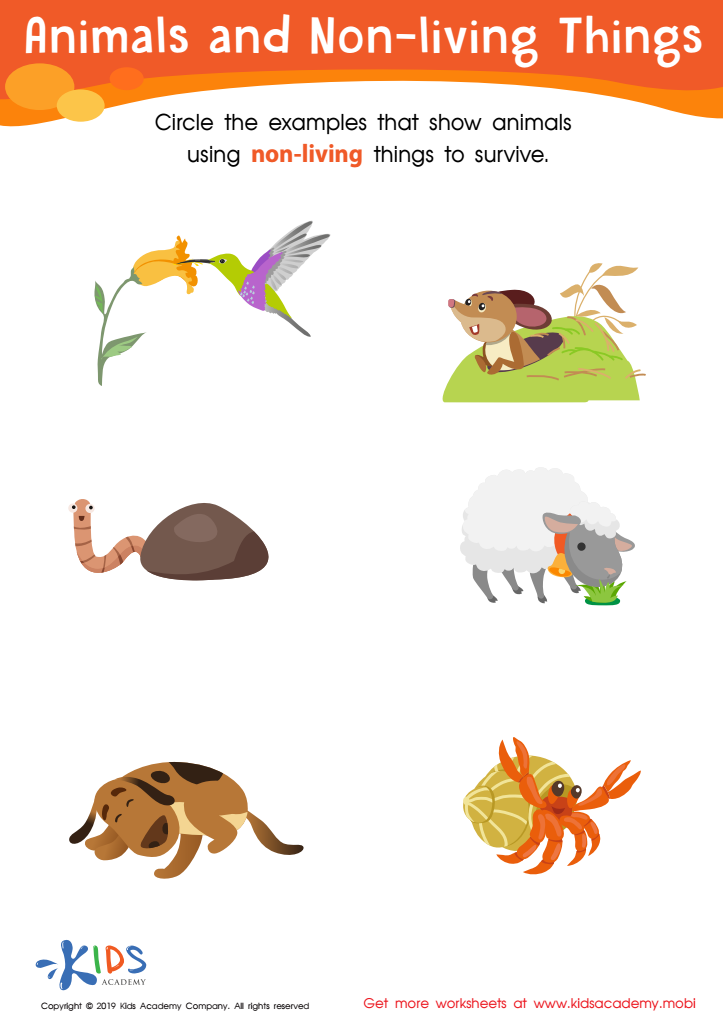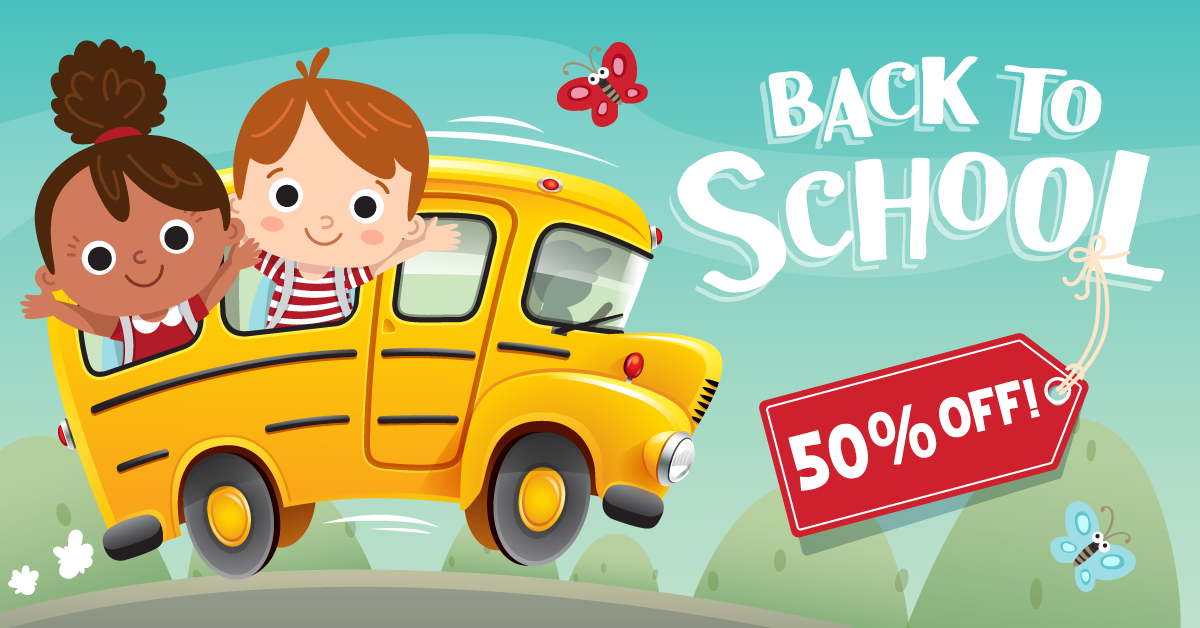Identifying non-living things Worksheets for Kids
2 filtered results
-
From - To


Identifying Living or Non–living Worksheet


Animals and Non-Living Things Worksheet
Question/Answer
What are some effective activities to train students’ Identifying non-living things skill when teaching them about Plants and Animals?
Effective activities include: 1) Sorting games where students categorize items into living and non-living groups. 2) Field trips or nature walks to observe and classify found objects. 3) Interactive worksheets or digital apps focusing on distinguishing characteristics of living and non-living things. 4) Creative arts and crafts projects where students create their own examples of living and non-living things.
What does the Identifying non-living things skill mean when it comes to Kindergarten Plants and Animals learning?
The Identifying non-living things skill in the context of Kindergarten Plants and Animals learning involves teaching young students to recognize and differentiate between things that are living (such as plants and animals, which grow, need food, and can reproduce) and those that are non-living (such as rocks, water, and sunlight), which do not possess these characteristics of life.
How to test a Kindergarten student’s Identifying non-living things skills?
To test a Kindergarten student's ability to identify non-living things, provide a mix of real-life objects, images, or flashcards that include both living and non-living items. Ask the student to sort or categorize them into "living" and "non-living" groups. Observe and assess their understanding based on how accurately they classify the items.
 Assign to the classroom
Assign to the classroom










